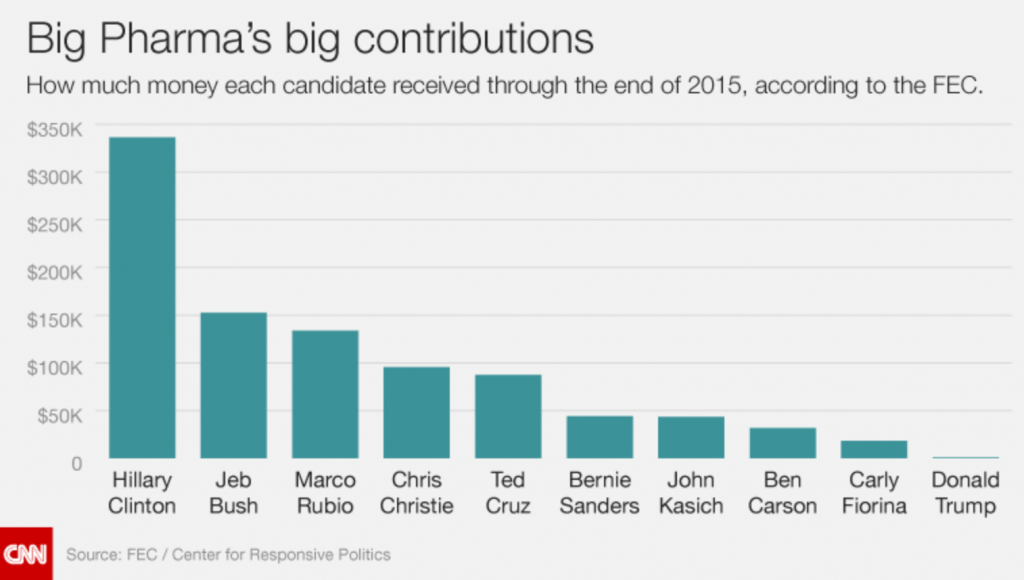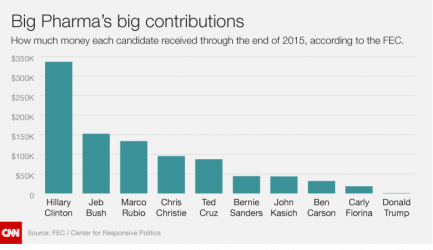This week, the U.S. House of Representatives will vote on H.R. 3, the Elijah E. Cummings Lower Drug Costs Now Act of 2019. H.R. 3 is a bold step toward reducing the high prices of prescription drugs through Medicare negotiation. The legislation gives the secretary of health and human services the authority to directly negotiate with drug companies for up to 250 of the highest-priced drugs—and all insulin—each year. The new, lower prices would be available to consumers with all sources of coverage, both public and private. Despite H.R. 3’s potential to dramatically lower prices for patients who rely on these drugs, President Donald Trump is opposing the bill, breaking his campaign promise to deliver lower drug prices.
: 85 percent of Americans support this tactic to reduce prices for Medicare and private insurance. Yet despite the policy’s popularity, and President Trump’s campaign promise to “negotiate like crazy” to reduce drug prices, the current administration opposes H.R. 3—the only bill that includes drug price negotiation. It should come as no surprise that the Trump administration is backpedaling on its claimed commitment to reduce drug company profits; some of the administration’s key players on health policy built their careers at pharmaceutical corporations.
: 85 percent of Americans support this tactic to reduce prices for Medicare and private insurance. Yet despite the policy’s popularity, and President Trump’s campaign promise to “negotiate like crazy” to reduce drug prices, the current administration opposes H.R. 3—the only bill that includes drug price negotiation. It should come as no surprise that the Trump administration is backpedaling on its claimed commitment to reduce drug company profits; some of the administration’s key players on health policy built their careers at pharmaceutical corporations.

